Table of Contents
Product packaging has played a crucial role in the consumer decision-making process during retail and e-commerce buying experiences.
According to a study by The Paperworker, about 52% of online consumers would most likely return to a business if they received their product in high-quality packaging, and 74% of consumers will most likely share a photo of product packaging to their social media.
As you can see, an effective product packaging design can create tons of leverage for your business.
Bringing new packaging ideas to life, however, can be a daunting task, and there are so many factors to take into consideration.
Luckily, we created a comprehensive guide to take you through every step of the process in the simplest way possible.
Preparation
Before diving straight into the process, an assessment of your product packaging needs is required to determine:
- What your options are
- The production and shipping costs
- What is the best solution for your product
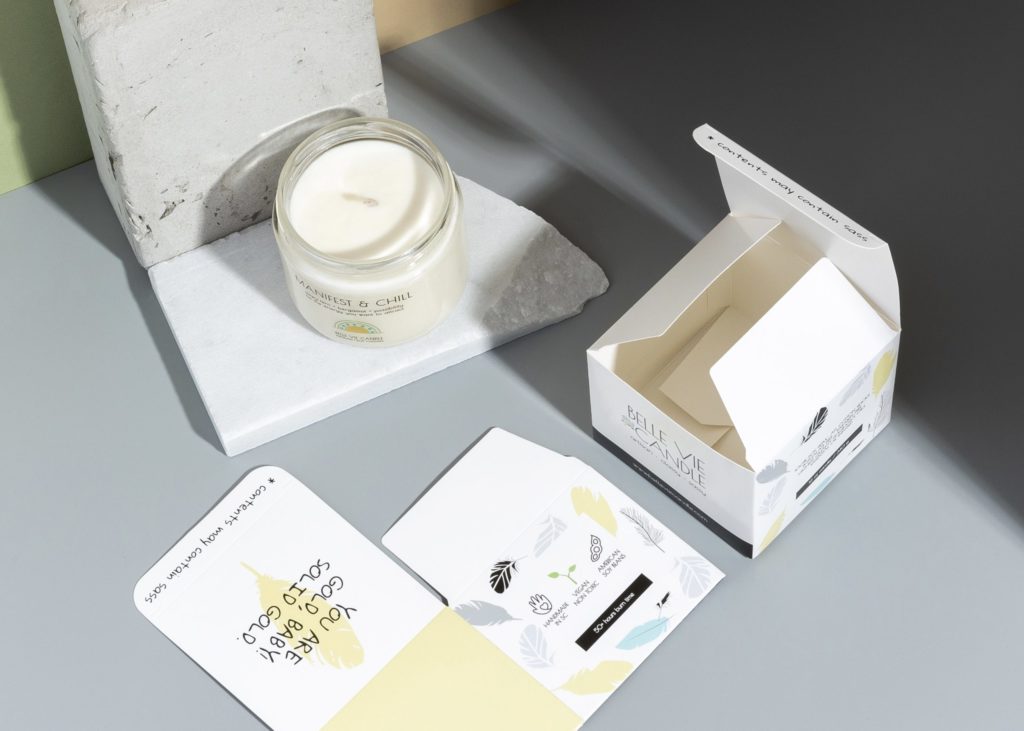
Assessing Your Packaging Needs
There are four essential questions that you must answer before continuing with the process:
1. What type of product will be packaged?
The type of packaging will vary depending on your product based on size, shape, and weight.
If your product is fragile, then you would need to consider a solution with more structure and cushioning.
If your product is heavy, you need to ensure your packaging can provide enough support for shipping and/or distribution.
2. What volume is needed?
Will you need 100 units?
500?
1,000?
10,000?
These are numbers that you should make a note of as it will directly affect your costs and business requirements.
To meet sustainability responsibilities and a smooth supply chain processes, it’s best to only order the amount that you actually need.
Compare your sales and demand to determine the optimal volume for your packaging supply.
3. What is your budget?
The budget will include the cost of packaging, production and shipping.
If packaging fillers are required, that should also be accounted for.
Make sure you allocate your budget efficiently and leave enough leeway for shipping cost changes, as rates may change on a day-to-day basis.
There are ways to minimize costs and optimize your budget efficiently.
4. What is your launch timeline?
This will depend on when you need the packaging.
Things to consider are your anticipated launch dates and current inventory levels.
Make sure to leave enough leeway in your timeline for shipping delays.
Note: If you still have questions regarding the preparation stage and timing, feel free to reach out to our product specialists.
Measuring
Box dimensions are a critical part of any package as the dimensions of a box have an impact on the materials that are required, the cost of production, the cost of shipping, etc.
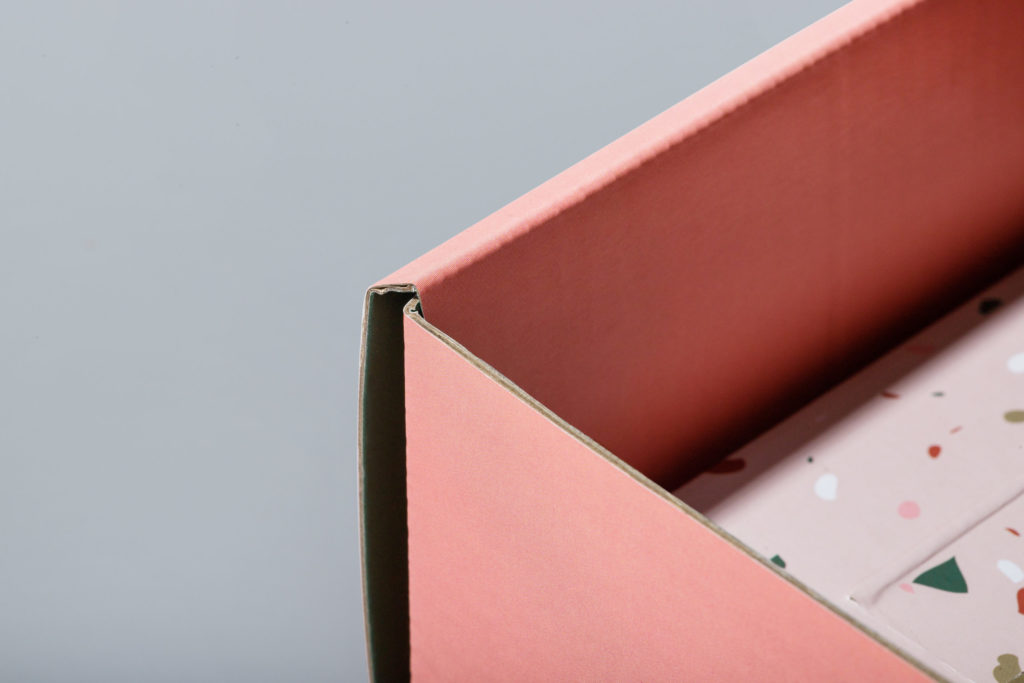
The three main dimensions by which boxes are measured include length, width, and depth.
These measurements are always measured from the inside of the box and not the outside!
Measuring your box may seem like a simple task but the accuracy of this step determines the flow of your whole packaging journey.
In other words, make sure you accurately determine the measurements from the get-go.
Important note: Try to minimize your dimension as much as possible.
This will allow the product to fit snugly and avoid transportation damages and most importantly, help reduce your carbon footprint.
Exploring Types of Product Packaging
Folding Carton
Folding carton is the lightest and most flexible style out of the other paper materials making it a super cost-effective option.
Folding carton is also available in a variety of options including:
- Raw kraft
- Solid Bleached Kraft (SBS)
- Clay Coated Board (CCNB)
- White Kraft
- Black Kraft
Some popular folding carton box styles include:
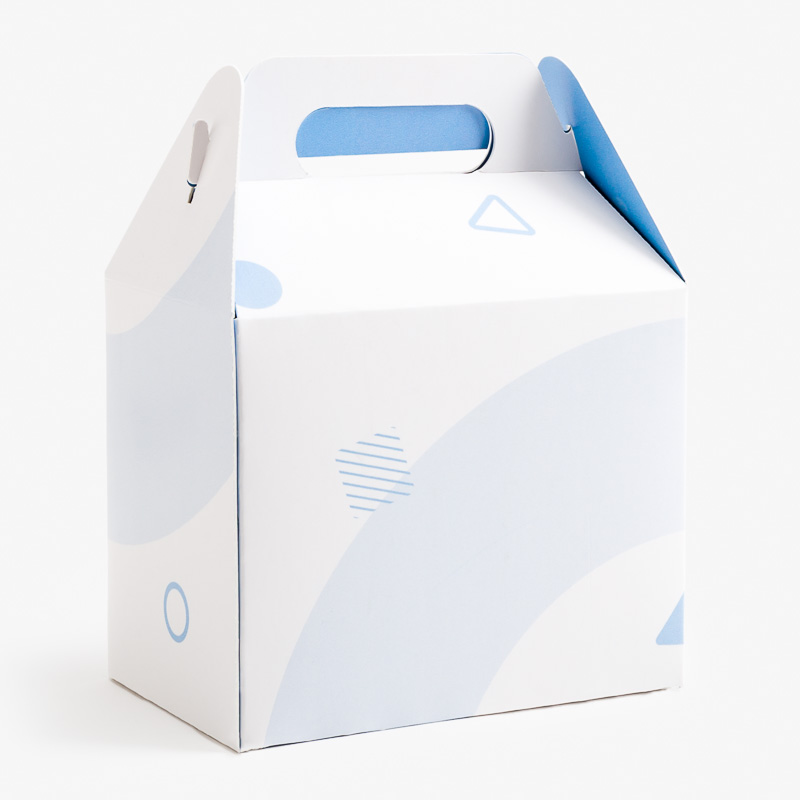
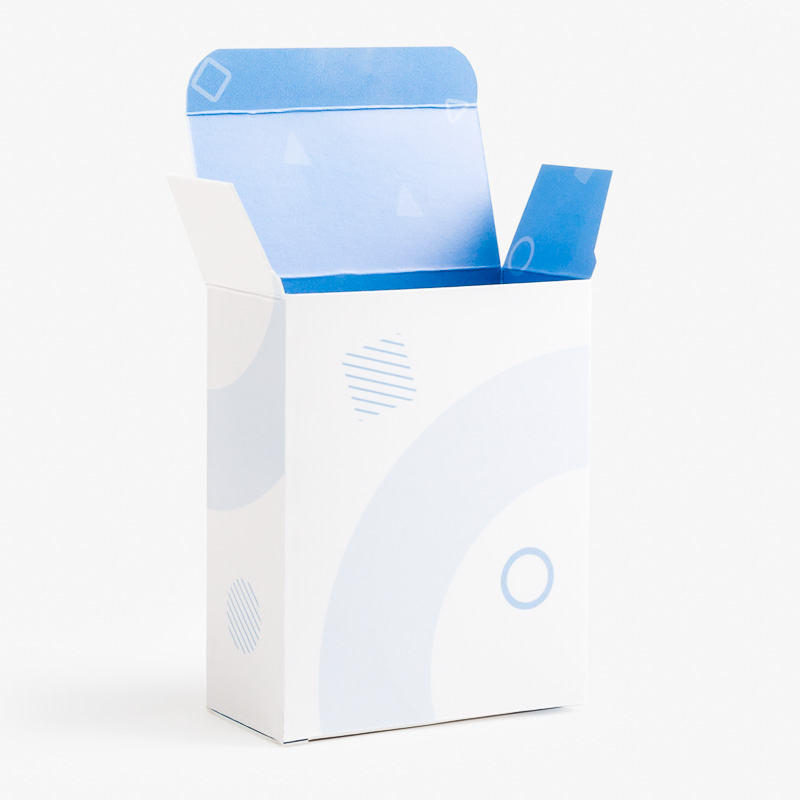
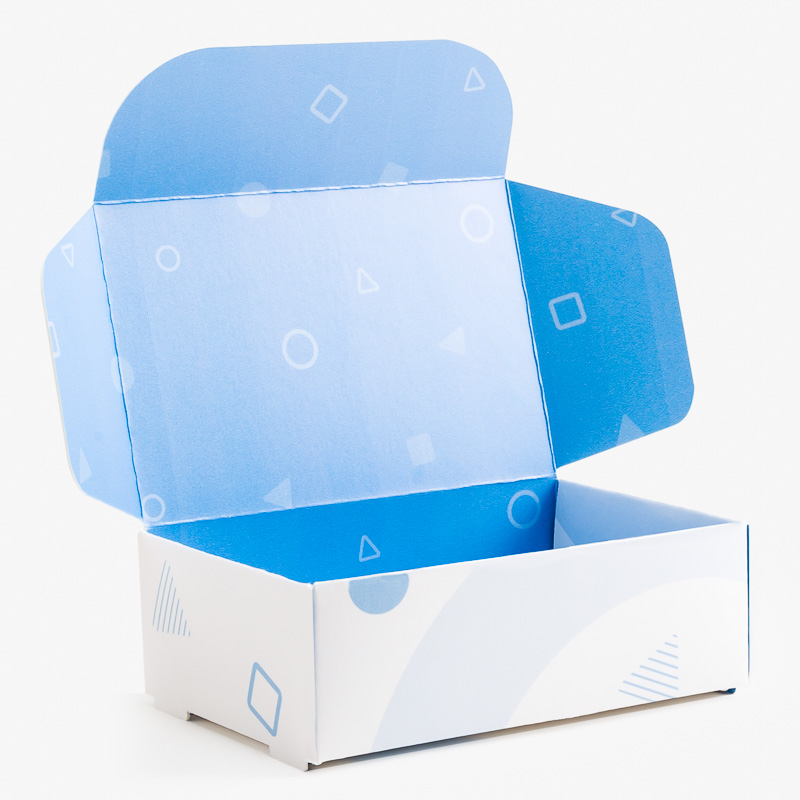
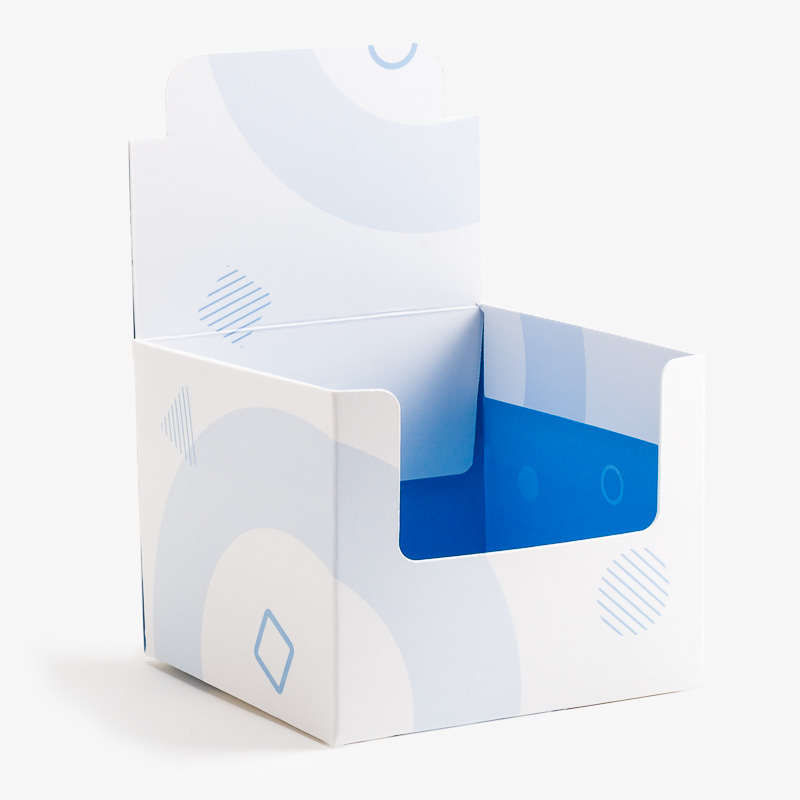
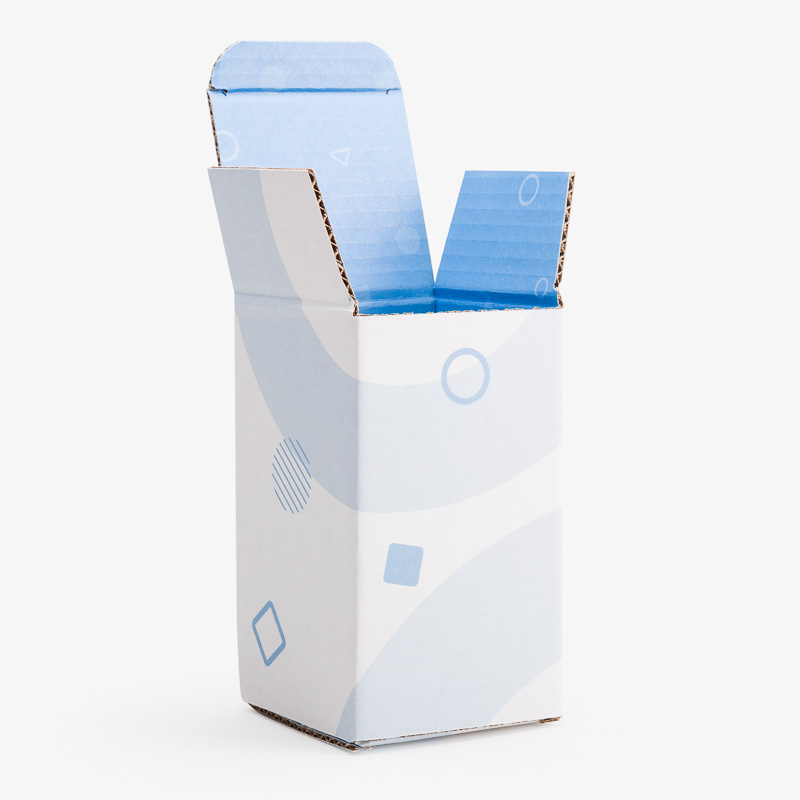
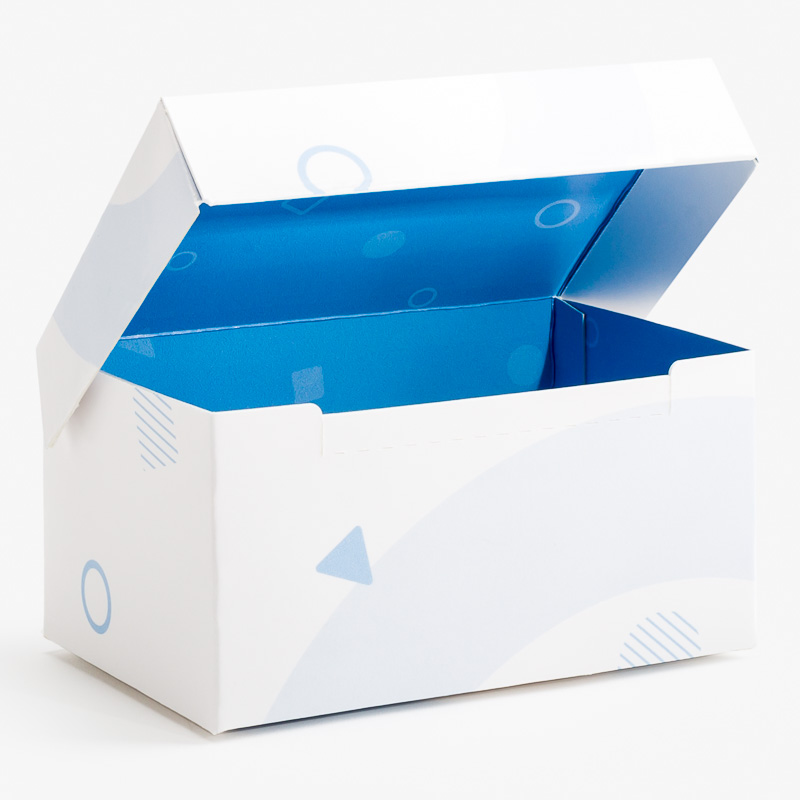
Corrugated
Corrugated packaging is a highly durable option that is mainly used for heavy-duty products and shipping.
Corrugated fiberboard offers durability, cushioning and optimal support for products, especially in the eCommerce industry.
Some popular folding carton box styles include:
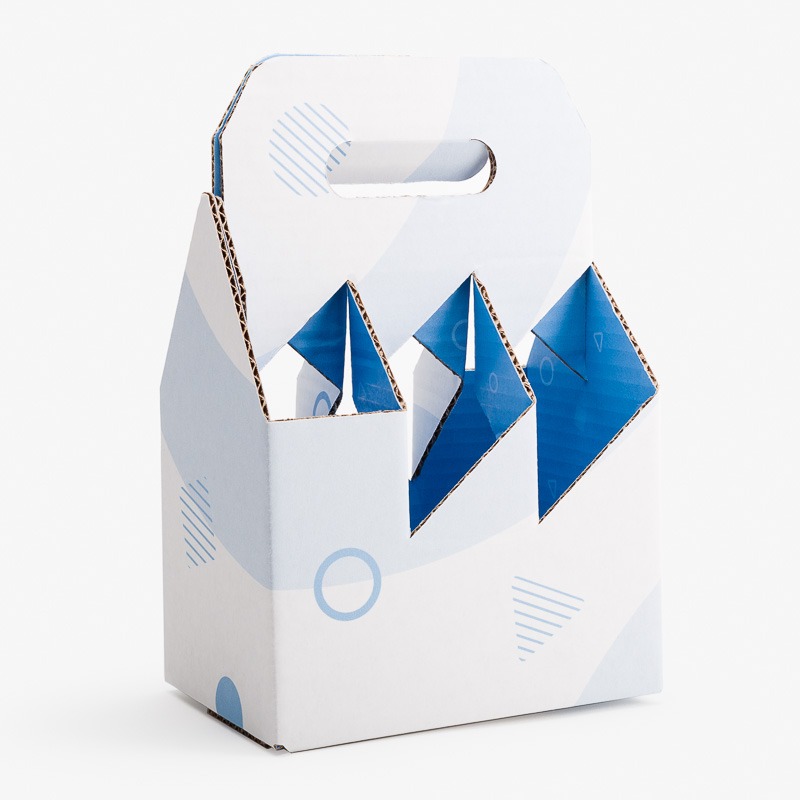
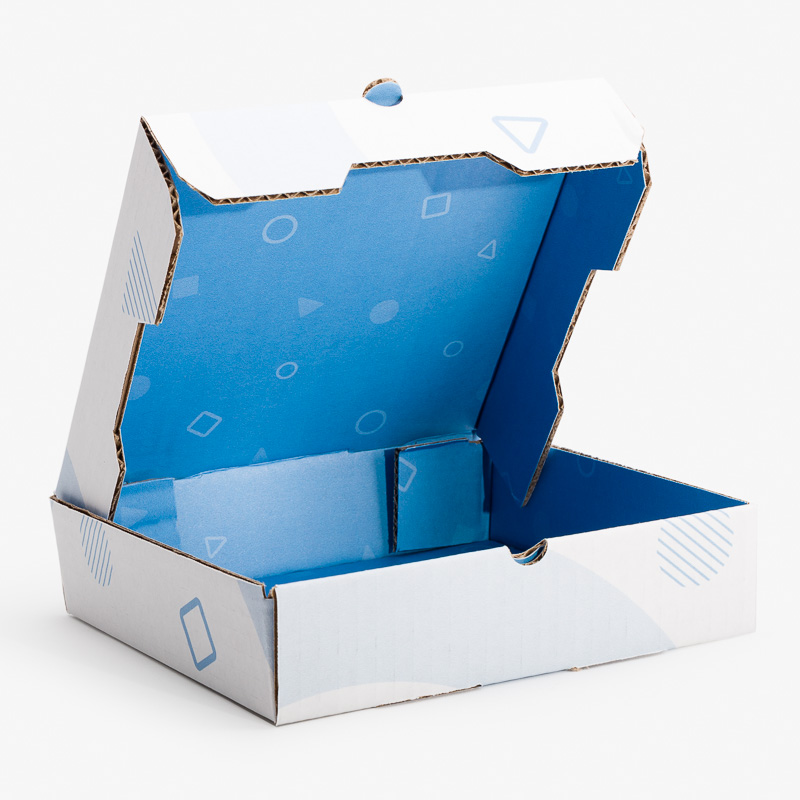

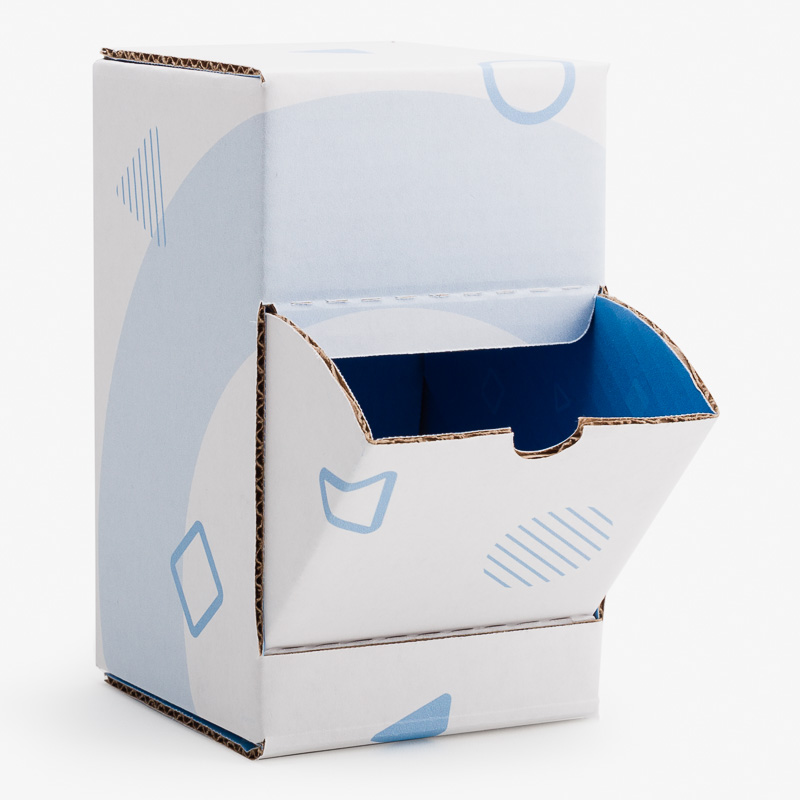
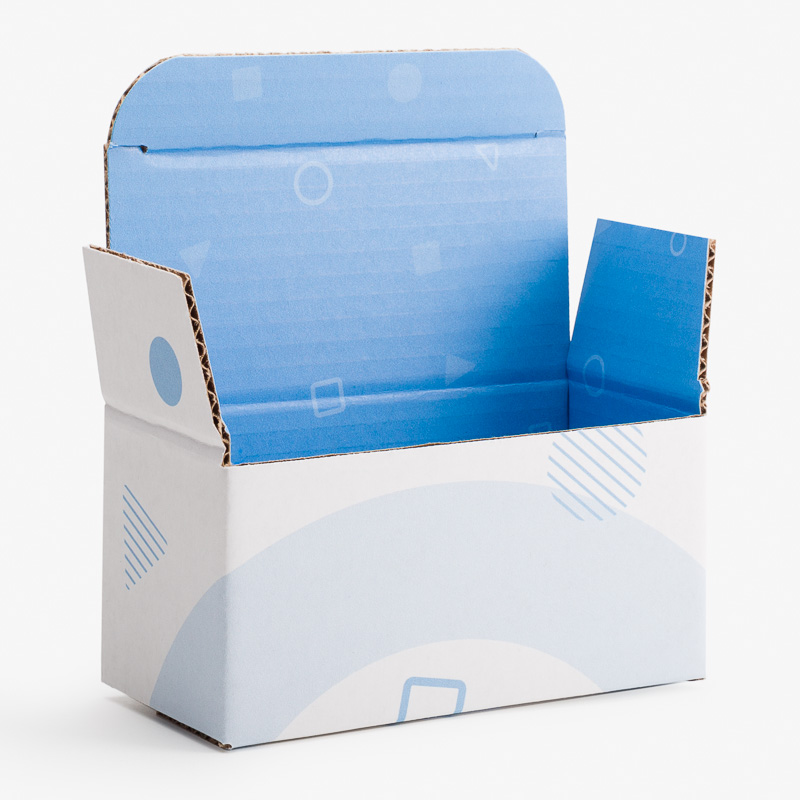
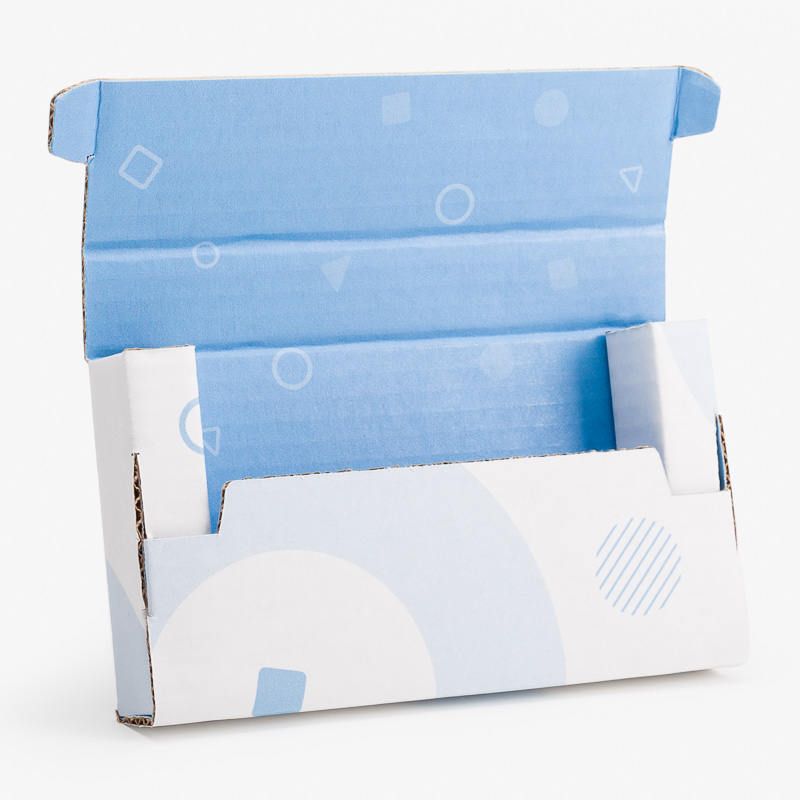
Material Thickness for Corrugated Board
Based on the product use (whether for retail or e-commerce), dimension size and/or structure, you will need to determine the required flute to hold your products safely.
The thicker the flute, the more durable the packaging is (F-flute being the thinnest and B/C flute the thickest).
You can check out more corrugated structures in PakFactory’s website to explore more of your options!
Rigid (Premium)
If you’re looking for high-end, premium product packaging with a luxurious feel, then rigid boxes are your best bet.
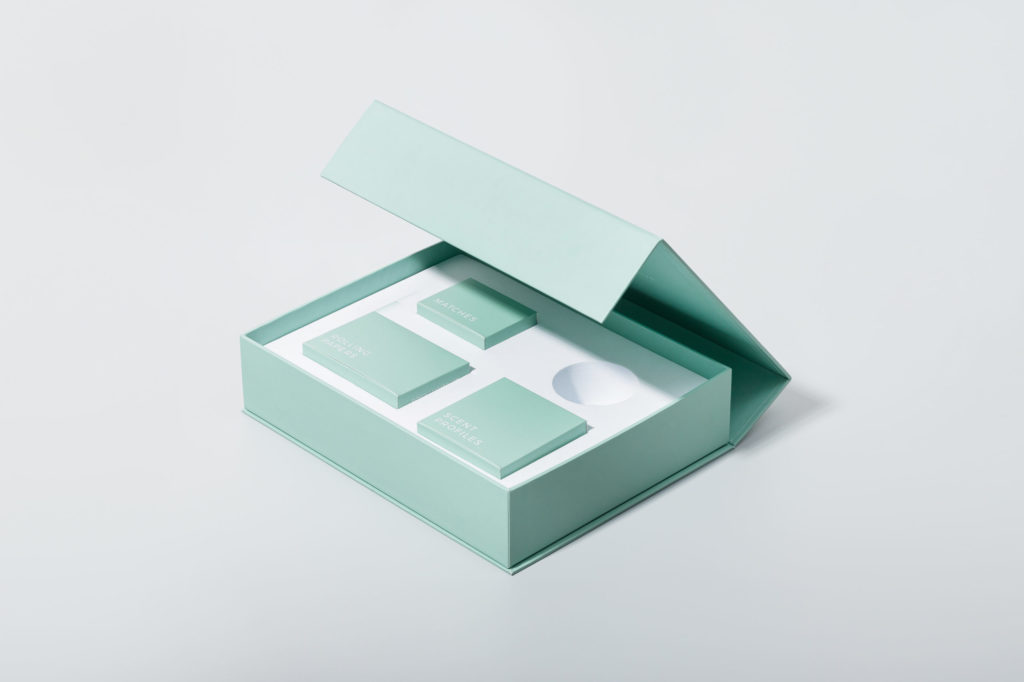
They are much thicker in terms of material (uses chipboard) compared to folding carton and are usually wrapped with offset printed paper instead of the artwork being printed directly on the chipboard material.
Other Styles
There are other packaging options your business can consider if boxes aren’t for you or you require a multi-packaging solution for your product line.
The options are unlimited, but here are some popular options you can supplement your packaging boxes with:
Paper bags are a popular choice that is cost-effective and environmentally friendly.
Poly mailers are also cost-effective and an excellent choice for e-commerce businesses with smaller products that don’t require a lot of protection.
Eco-Friendly Options
Kraft (brown) is a great option for folding carton and corrugated packaging.
It is durable, eco-friendly and typically uses 100% recycled material making it a popular choice for many brands that are continually pushing for a greener approach in their supply chain.
Using Box Inserts
For extra product protection and organization, your business can consider box inserts for your product packaging design.
Here are three popular choices you may be familiar with!
Foam inserts protect fragile items during the shipping process and also adds a luxurious touch.
They add value to the unboxing experience.
Plastic tray inserts, also known as blister inserts, are a lightweight and flexible option to protect your product during the shipping process.
It is possible to get high definition details out of this material option by thermoforming which uses heat to manipulate the shape of the insert to perfectly hold your product.
Cardboard inserts are a great cost-effective option and can be printed on for added value as opposed to the other two insert options.
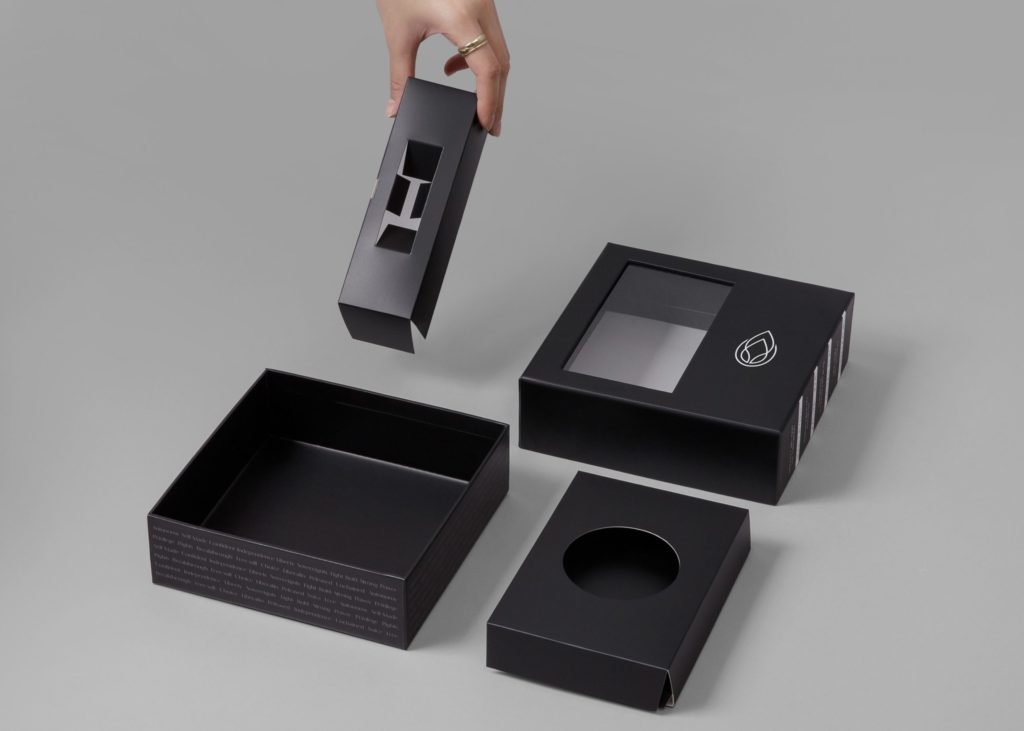
You will often find cardboard being used as custom inserts, dividers or partitions.
Molded pulp inserts are the most sustainable option.
Untreated molded pulp is compostable, and will often be biodegradable.
Even though some molded pulp may be treated or bleached, it remains a highly eco-friendly option compared to other materials.
Understanding Printing Options
After determining what type of product packaging is best for your business, you can determine what type of printing to go for.
To break it down, these are the three printing options and what type of material they’re compatible with:
Offset Printing
Offset Printing uses ink instead of toner (digital printing), resulting in a richer, clearer and more superior image quality—ultimately the highest quality printing option.
It is typically used for mass production, as it can get too expensive for most low-volume projects because it requires printing plates and additional setup fees.
Another perk of using offset printing is the ability to apply special processes during printing.
It is available for all three types of box materials and is able to produce the highest quality print.
Digital Printing
Digital Printing is just like how your home office laser or inkjet printer works.
It offers quicker turnaround times and makes low-volume jobs affordable without any setup fees.
The only downside is that they can’t quite match the color fidelity and material flexibility that offset printing offers.
It is available with folding carton and corrugated boxes.
However, with new trends and innovations, “advances in digital printing for corrugated can now enable customization to be executed efficiently at scale” according to Sara Dunn, of NAPCO Media.
The growth in digital printing is remaining strong until 2024!
Flexography Printing
Flexography Printing is considered to be the modern-day letterpress and can withstand large quantities of packaging products, just like offset printing.
It is a form of industrial printing that is best for simple structures and printing one or two colors.
The colors aren’t as vibrant and crisp as the other two options, but this format of printing is inexpensive, doesn’t require a lot of attention to detail and can be produced at very high speed.
Understanding Colors in Printing
CMYK stands for Cyan, Magenta, Yellow, and Key (Black). This is the default and only color output for printing.
It allows you to create unlimited artwork possibilities.
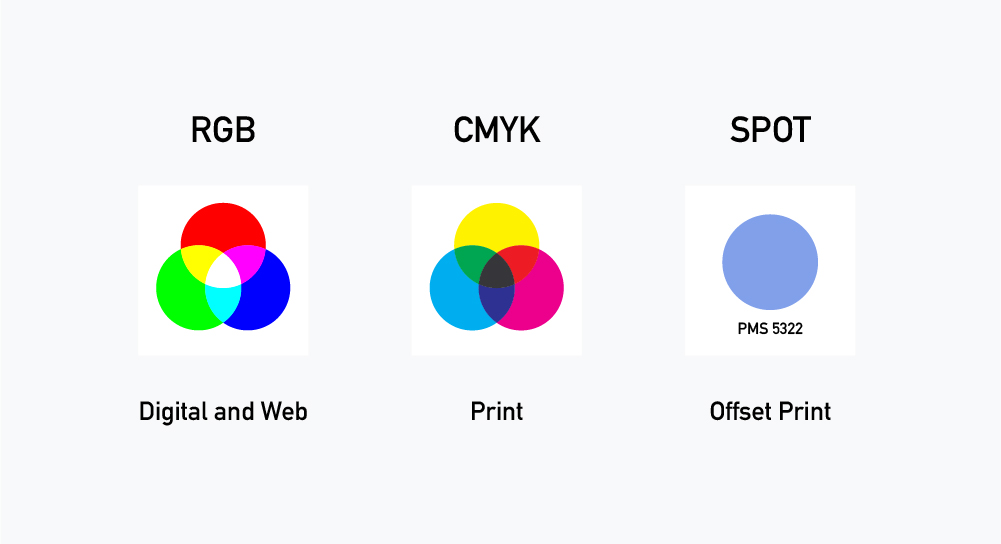
Working in CMYK color mode when doing your design on programs such as Adobe Illustrator or Photoshop provides a more accurate color appearance when printing on paper, which is why it is highly recommended that designers do not work in RGB color mode.
PMS, also known as, Pantone Matching System (or spot color), is a standardized color matching system by Pantone Inc.
It is an excellent choice for branding as it creates a uniform color code, printing a wider range of colors with high consistency.
However, it typically requires an additional cost for production.
If you want all of your colors to be consistent for every print no matter where you get your packaging printed from, Pantone spot colors is the best choice.
Choosing a Coating
A coating can be applied to complete the look while offering additional packaging protection and enhancement to the print quality.
Lamination (Matte & Gloss) is the best of both worlds because it can help achieve the ultimate matte & glossy finish.
Matte has no sheen while gloss provides a very impactful shine.
Gloss lamination also provides better protection against moisture and dust, unlike Matte.
AQ (Aqueous) Coating is a clear, water-based coating that is capable of drying fast. and is environmentally-friendly, making it a great choice for food, household, and fast-consuming products.
It has a very faint gloss finish compared to UV coating and lamination.
UV Coating can create a similar look to lamination but the difference is that UV can be applied directly to the material (no additional film like lamination).
Varnish is the most cost-effective compared to other coating types and has the least efficient in durability. It can also produce matte, gloss and other coating effects.
However, it is the least popular out of the four options.
Let’s also not forget about metallic, pearlescent, and soft-touch (velvet) coating.
These specialty coatings have also become a popular choice for brands when creating impactful and unique packaging designs.
Exploring Special Finishes
If you are looking to enhance and add a more impact to the look & feel of your packaging, you can opt for special processes to create a more eye-catching unboxing experience.
Foil Stamping: This process can be added to create a distinct look to your packaging.
If you’re looking to add any metallic, matte gloss, holographic or special effects features, then foil stamping could do that for you.
Spot UV: Just like UV coating, but it is applied to a specific area of the packaging, rather than coating the entire surface to enhance things like logos or elements of artwork designs.
Embossing: Adds dimension and depth to your packaging.
It is the process of raising textual content or an image by pressing into the card stock or paper.
It’s commonly used to create impactful logo designs or product names.
Debossing: The opposite of embossing, debossing creates a depressed imprint on card stock or paper surfaces and provides a similar effect.
Window patching can be added to your packaging if you have an eye-catching product that deserves to be on display!
A die-cut window is added to your packaging so customers have the opportunity to see your product before purchase.
Packaging Design
To draw attention and evoke a positive consumer response, it needs to be well designed.
If you don’t have a designer on hand, it is also advisable to work with a manufacturer or solution provider that can provide packaging & structural design services for a more streamlined process to get your packaging done more efficiently.
Preparing Dielines
Now that you have your design in place, it’s time to transfer it to the structure template, a.k.a, the dieline.
There are a few dieline and artwork preparation requirements that need to be noted by your designated designer, even if your artwork is done and ready to go.
Dielines
A dieline is typically created on a computer with a designing tool such as Adobe Illustrator, Artioscad and/or Adobe InDesign.
Be sure to be precise with the measurements and specifications to save time and money.
Ultimately your dieline acts as a flat laying the blueprint for your packaging design.
Make sure to understand the orientation of your dieline to ensure you are placing your artwork design correctly.
Artwork Preparation
To make it easier for you, we have a step-by-step guide to set up your artwork file with PakFactory’s dieline.
When working with a design, your artwork should be a vectorized format, which is made up of mathematically described lines.
In simpler terms, they can be edited and scaled without losing image quality.
The only time you should be using a rasterized file is if it’s a photographic image, as they need the individual pixels to replicate real-life images being captured.
For optimal quality, ensure that the resolution is set to 300 DPI.
Need more clarification on preparing your artwork? Reach out to PakFactory if you need help with any of your designs!
Prototyping
If you want the extra assurance or need to finalize with your team before going into full production, you can request a custom sample box or 3D mock-up.
We always recommend requesting a prototype to confirm the structure and printing for final production especially if you have a very large order, to avoid any design, spelling or printing errors.
Production and Shipping
Once you finalize everything, your product packaging is ready to go into full production.
You can sit back, relax, and wait for the arrival of your packaging!
Receiving your shipment all depends on your requested timeline, the size of the package, the method of delivery, etc.
It is different depending on your situation, but your account manager will keep you up-to-date with the production and shipping process, ensuring that you are always on track and up to date with your order. .
If you need to order on a consistent basis, speak to your product specialist to map out your inventory expectations and schedule.
This will make it easier to maintain a healthy inventory flow and allow the manufacturer to know, in advance, exactly when you need it.
Now you are ready to kick off your product packaging!
In this guide, we covered all the fundamentals and details to simplify the process.
A Quick Recap
Let’s recap what we have learned:
1. Preparing for your Packaging: An assessment of your product packaging needs to determine what your options are and what would be the best packaging solution for your product.
2. Measuring the Box: Box dimensions are a critical part of any package. We included a step-by-step video to precisely measure the inner and outer dimensions of your box.
3. Type of Packaging: What type of product packaging will you go for and why?
4. Printing Options: We break down the differences between digital, offset and flexography printing in the simplest terms for a better understanding and to determine the best for you.
5. Coating and Special Processes: A wide variety of coating and special processes can be added for extra protection and design touch!
6. Packaging Design: To make your packaging draw attention and evoke positive consumer response, it needs to be well designed. We threw in a few resources to help you get the ball rolling.
7. Dieline and Artwork Preparation and Requirements: The dieline is the blueprint to produce the final product. With our dieline library and artwork preparation protocols, you are well on your way!
8. Prototyping: Request a prototype to confirm the structure and printing for final production if you have a very large order. You have the option of requesting a sample box or a 3D mockup.
9. Production and Shipping: Your account manager will keep you up-to-date with the production and shipping process, ensuring that your packaging is completed in a timely manner.
Still unsure how to approach getting your first product packaging for your product?





